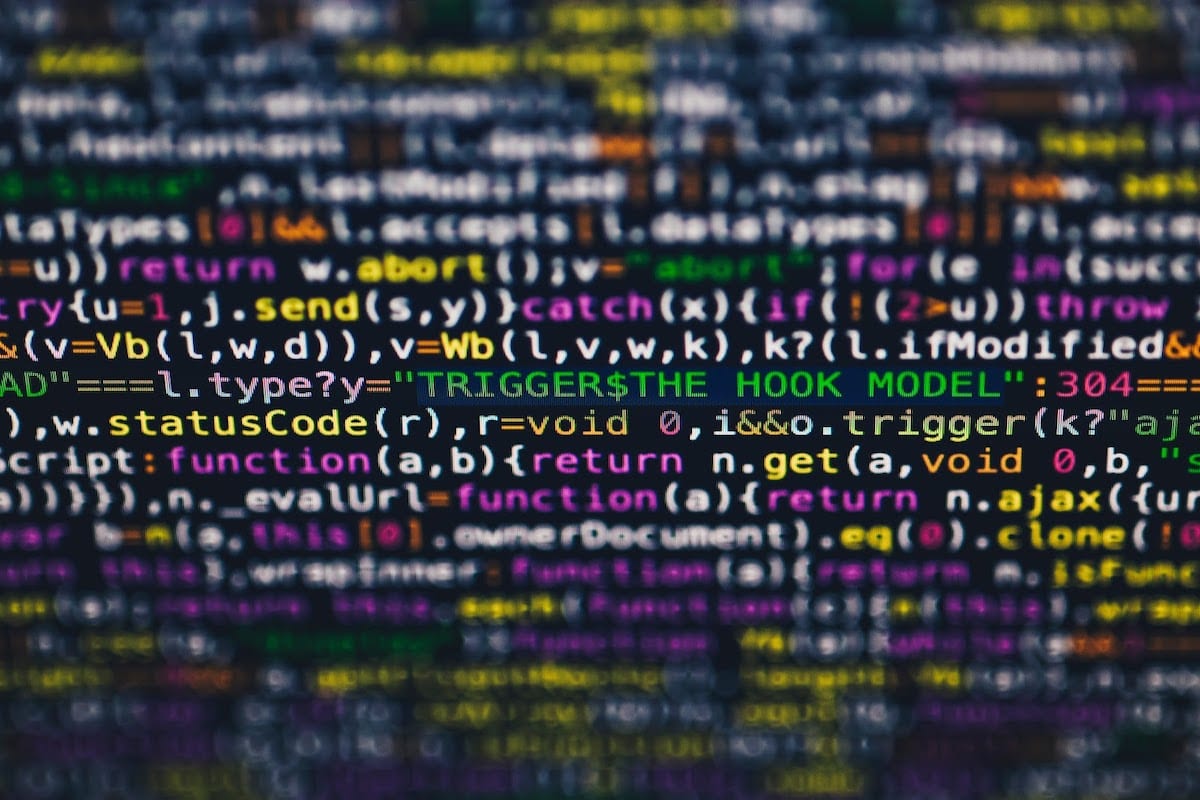Maybe you’ve become fascinated by the idea of using vast reams of data to help people solve problems in business, medicine, or finance. Or, maybe you’d like to deploy deep learning models that can drive cars or process spoken words. One way or another, you’ve decided that you want to get into data science, and now you’re curious about which language you should learn to get started as a data scientist. If you do any research at all, you’ll quickly see that Python and R are the two most popular programming languages for the title of ‘Best Language For Data Science’. Read on for Career Karma’s take on which language you should learn.
Python for Data Science

Python is a robust, flexible, object oriented, general purpose language that has found application in just about everything at this point. It is also a commonly-recommended language for beginners because it is relatively easy to pick up, and it can be used for so many things.
Just a few years ago, Python didn’t have many libraries built specifically for data analytics, artificial intelligence, or machine learning. Those days are long gone. There are now Python libraries and software packages for these and many other related tasks, including favorites like Sklearn, which make building machine learning models extremely straightforward.
Because Python code is less specialized and has such an enormous community, data science applications built with it tend to be easier to maintain. It has more general reach, in terms of its popularity and job potential. Python is the second most popular language for data science jobs, and it’s several spots ahead of R (both are beaten by SQL).
R for Data Science

Researchers have spent two decades building the open source R language and its ecosystem for the specific task of statistical computing. There are now literally thousands of software packages for linear and nonlinear modeling, time series forecasting, statistical testing, and classification available in the Comprehensive R Archive Network, CRAN.
It is important to learn R. This is because R is very popular in academia and fairly popular in industry, both because of its scope and because it has a great deal of data visualization functionality. This makes understanding and communicating the results of a project much easier..
But despite being purpose-built for data science, it isn’t as popular as Python or SQL. As of 2018, R was finding more and more use in industry, though Python remains ahead.
Is Python or R Better for Data Science?

Is Python better than R? In short, R is better for academia or research and Python is better for practical computer science. Python is typically more functional, while R is more academic.
This is also true if you’re coming from those backgrounds. If you’ve been coding in JavaScript for a while, for example, you’ll probably find reading, writing, and debugging Python easier than it would be for R.
As is usually the case, though, learning both languages will give you the best set of tools for solving problems.
About us: Career Karma is a platform designed to help job seekers find, research, and connect with job training programs to advance their careers. Learn about the CK publication.



